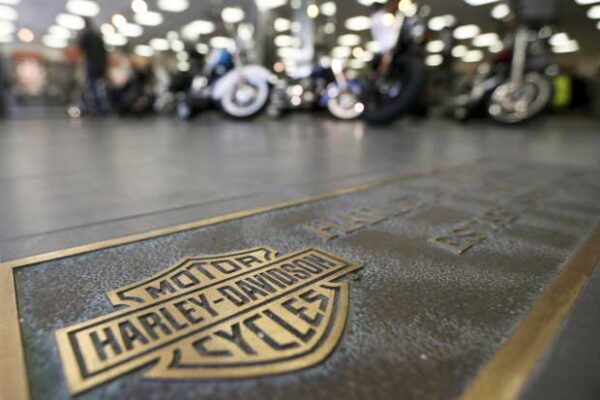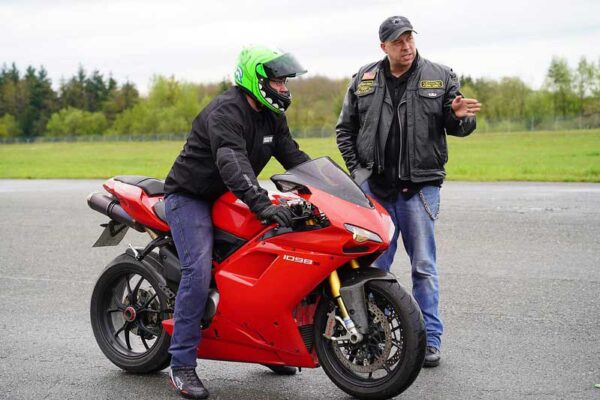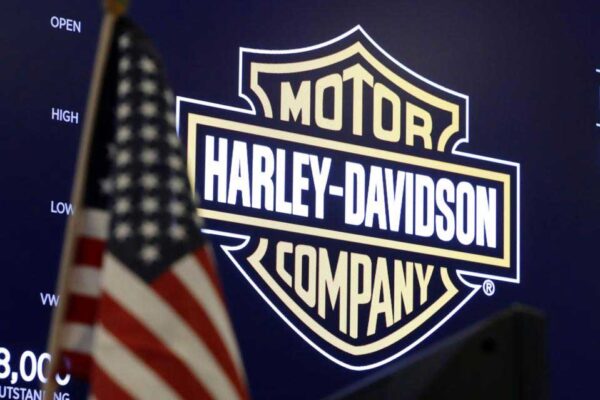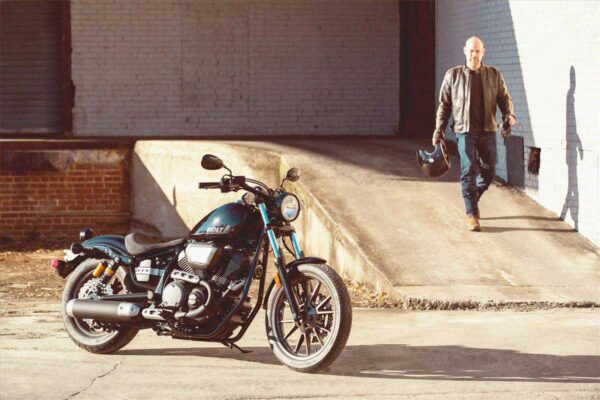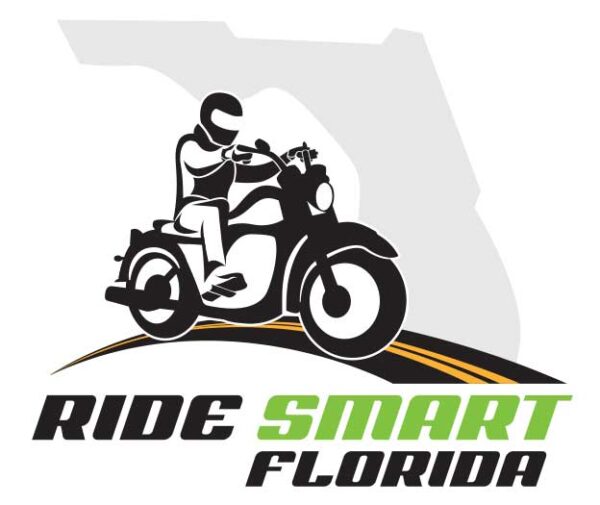UK considers scrapping Trump-era tariffs on US whiskey and motorcycles
by Stefan Boscia from https://www.cityam.com The UK will review its tariffs on US products like whiskey, tobacco and motorcycles in a bid to get Joe Biden to drop Trump-era tariffs on British steel. International trade secretary Liz Truss announced today that she would launch a six-week consultation with British businesses to consider “re-balancing measures” that could see some of the tariffs scrapped. Truss said she wanted to “de-escalate trade tensions” so that the “US and UK can move forward to the next phase of their trading relationship”. The UK’s tariffs on US goods were in retaliation for Donald Trump’s Section 232 tariffs on British steel and aluminium. Trump’s White House said the trade barriers were required for national security reasons, however the policy was widely thought to be a part of the ex-president’s attempt to boost US manufacturing. “We now have the power to shape these tariffs so they reflect UK interests, and are tailored to our economy,” Truss said. “The UK will do whatever is necessary to protect our steel industry against illegal tariffs that could undermine British industry and damage our businesses. “Ultimately, however, we want to deescalate these disputes so we can move forward and work closely with the US on issues like WTO reform and tackling unfair trade practices by non-market economies.” Truss successfully got the US to agree to suspend US tariffs on Scotch whisky and other products earlier this year in a large step toward de-escalating trade tensions. City A.M. exclusively reported in March that Truss and her allies believed this milestone could provide a path to the US scrapping other Trump tariffs. Read more: Exclusive: UK to begin backdoor push to get Joe Biden to dump Trump’s steel tariffs Resolving the trade dispute with the US over steel tariffs could mark another step […]
UK considers scrapping Trump-era tariffs on US whiskey and motorcycles Read More »

